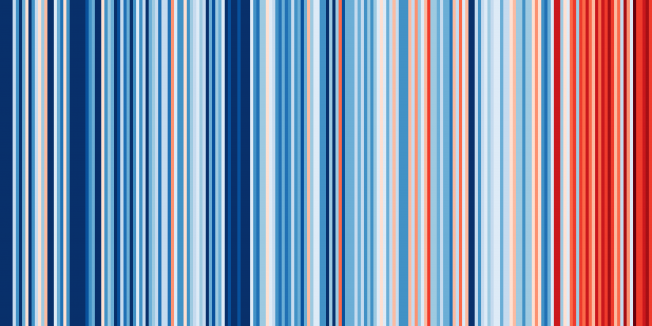Evaluating seasonal forecast improvements over the past two decades
Quarterly Journal of the Royal Meteorological Society Wiley (2025) e70036
Abstract:
Seasonal forecasting systems have been operational for over two decades. Here we present a systematic analysis of the performance of operational seasonal forecasting models since their inception. We analyse seasonal forecasting systems from three major international operational centres that have produced and coordinated continuously on operational seasonal forecasts over the past 20 years. Due to the small sample size of available forecasts, it is difficult to draw meaningful conclusions using historical operational forecasts alone, therefore we focus primarily on available model hindcasts. Our analysis, which accounts for differences in ensemble size and period across the forecasting systems, demonstrates that there have been clear improvements in some regions through the different model eras. For both the boreal winter and summer hindcasts, there have been significant improvements in forecasting the tropical regions, which are concurrent with improvements in the skill of tropical sea‐surface temperature (SST) forecasts. These improvements in the Tropics are associated with increased predictability of temperature and precipitation across various continental regions on seasonal timescales. For the extratropics, the picture is more mixed, with strong improvements only evident during the boreal winter season over the North Pacific and North America. The sources of improvement over the winter extratropics are found to be strongly related to improvements in tropical SST skill and related improvements in the strength of the El Niño/Southern Oscillation (ENSO) teleconnection to the Pacific/North America pattern (PNA). Improvements of seasonal forecast skill over the rest of the extratropics, such as over Eurasia, are generally absent or patchy in individual models. The improvements that are found are most pronounced in the newest era models and are broadly associated with improvements in atmospheric model resolution. These improvements in skill are also evident in representative multi‐model ensembles that represent more closely how operational forecasts are used in practice.CO 2 -induced climate change assessment for the extreme 2022 Pakistan rainfall using seasonal forecasts
npj Climate and Atmospheric Science Nature Research 8:1 (2025) 262
Abstract:
While it is widely believed that the intense rainfall in summer 2022 over Pakistan was substantially exacerbated by anthropogenic climate change1, 2, climate models struggled to confirm this3, 4. Using a high-resolution operational seasonal forecasting system that successfully predicted the extreme wet conditions, we perform counterfactual experiments simulating pre-industrial and future conditions. Both experiments also exhibit strong anomalous rainfall, indicating a limited role of CO2-induced forcing. We attribute 10% of the total rainfall to historical increases in CO2 and ocean temperature. However, further increases in the future suggest a weak mean precipitation reduction but with increased variability. By decomposing rainfall and large-scale circulation into CO2 and SST-related signals, we illustrate a tendency for these signals to compensate each other in future scenarios. This suggests that historical CO2 impacts may not reliably predict future responses. Accurately capturing local dynamics is therefore essential for regional climate adaptation planning and for informing loss and damage discussions.A comparison of storyline attribution methods for a midlatitude cyclone
Copernicus Publications (2025)
Investigating the sensitivity of 20th century seasonal hindcasts to tropospheric aerosol forcing
Copernicus Publications (2025)
Postprocessing of rainfall forecasts over East Africa
Copernicus Publications (2025)



